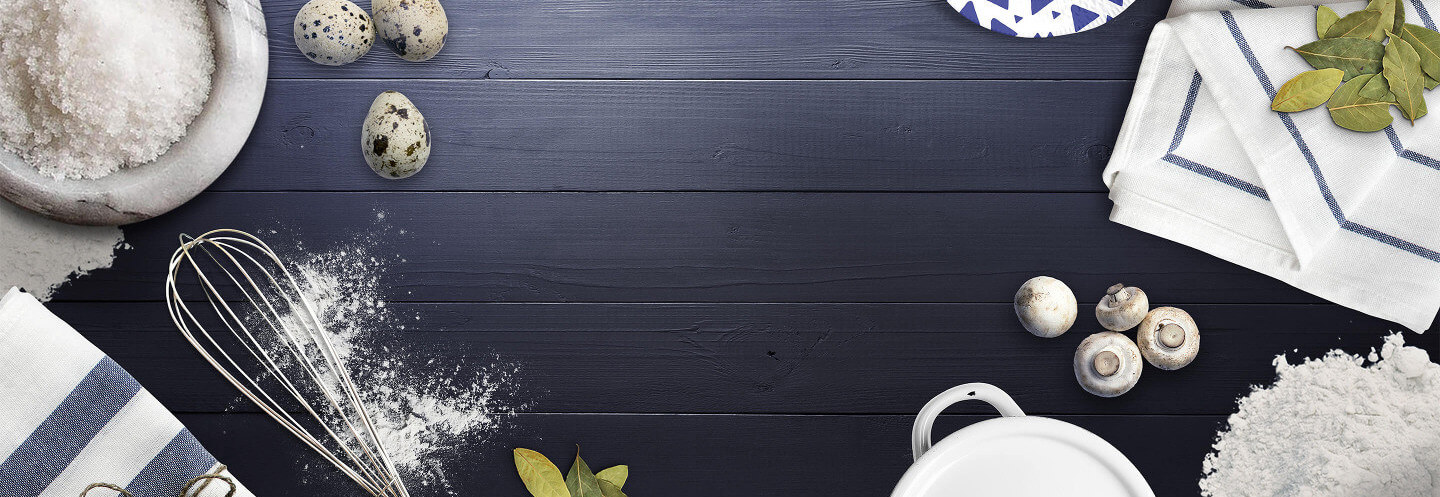https://www.copymethat.com/r/yOrS3bt1x/how-to-make-homemade-ricotta-cheese-2-wa/
66696739
Ri36Dxd
yOrS3bt1x
2024-05-18 22:53:51
How to Make Homemade Ricotta Cheese (2 Ways)
loading...
Made this 1st time (milk & cream version) on 9/23/20 with edits.
Ingredients
- subheading: For Ricotta made with MILK ONLY (yield 14 oz.):
- 8 cups (2 L) whole milk, not ultra-pasteurized
- Kosher or sea salt to taste (I use 1 teaspoon)
- 3 tablespoons (45ml) distilled white vinegar or fresh lemon juice
- subheading: For Ricotta made with MILK AND CREAM (yield 16 oz.):
- 4 cups (1 L) whole milk
- 2 cups (½ L) heavy cream
- Kosher or sea salt to taste (I use 1 ½ teaspoons)
- ¼ cup (60ml) fresh lemon juice
Steps
- subheading: For Ricotta made with MILK ONLY:
- Heat the salt and milk to 185 F (It will start to look a little foamy on top.)
- Turn off the heat, and gently stir in the acid, just a time or two around the pan. Don’t over stir or it will break the curds. The curds should form almost immediately.
- Without stirring, let the curds rest, untouched for 20 minutes.
- During this time, keep the temperature at about 185 degrees It can go down to 175 F or up to 190 F, but try to keep it in that range. I just take a look at the thermometer every so often and turn on the heat for just a little while until it gets in that range.
- After the resting period, spoon out the curds and strain through a cheesecloth-lined strainer.
- Let drain until it reaches the desired consistency.
- For a creamy smooth ricotta, either whip by hand or process in a food processor for a few seconds.
- Store in a closed container in the refrigerator for up to 5 days.
- subheading: For Ricotta made with MILK AND CREAM (no thermometer):
- Bring milk, cream, and salt just up to a boil (not a full boil, more of a simmer). I added ingredients to a large glass pitcher and heated in microwave. Thermometer read approx. 185° F.
- Gently stir in the lemon juice, just a time or two around the pan. The curds should form pretty quickly. After they start forming, don’t stir, it may break apart the delicate curds.
- Let the curds rest for about 20 minutes, then strain the curds through a large cheesecloth lined strainer. I let the pitcher rest for 1 hour to cool and then used my yogurt strainer to strain the whey.
- Let drain until it reaches the desired consistency. I let it strain in the fridge for several hours.
- Store in a closed container in the refrigerator for up to 5 days.
Notes
- Notes: If the whey looks too milky, add a little more acid to help the formation of the curd.


